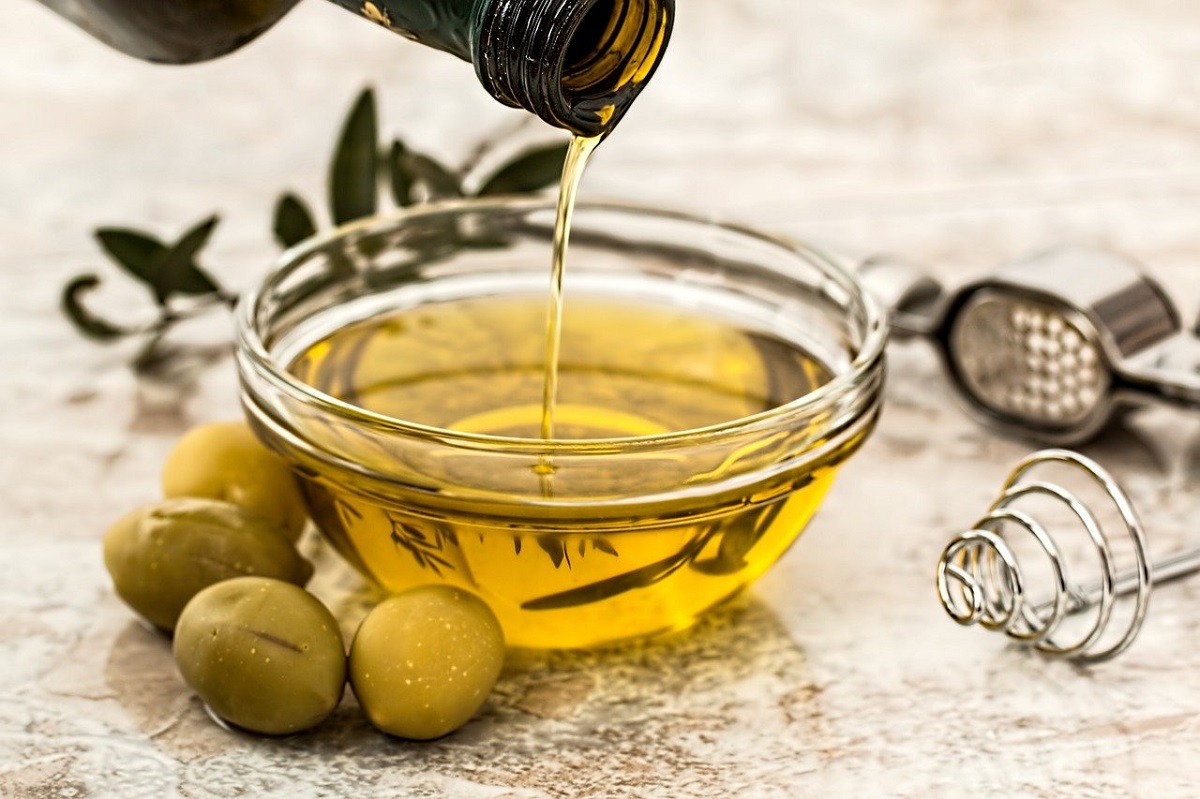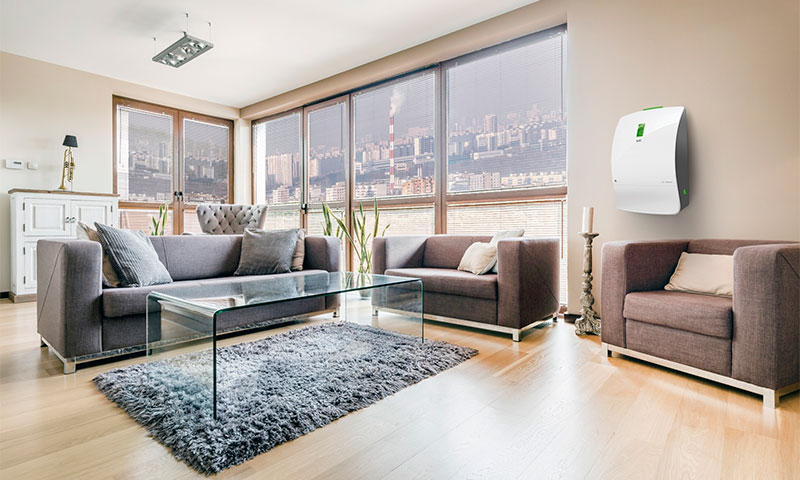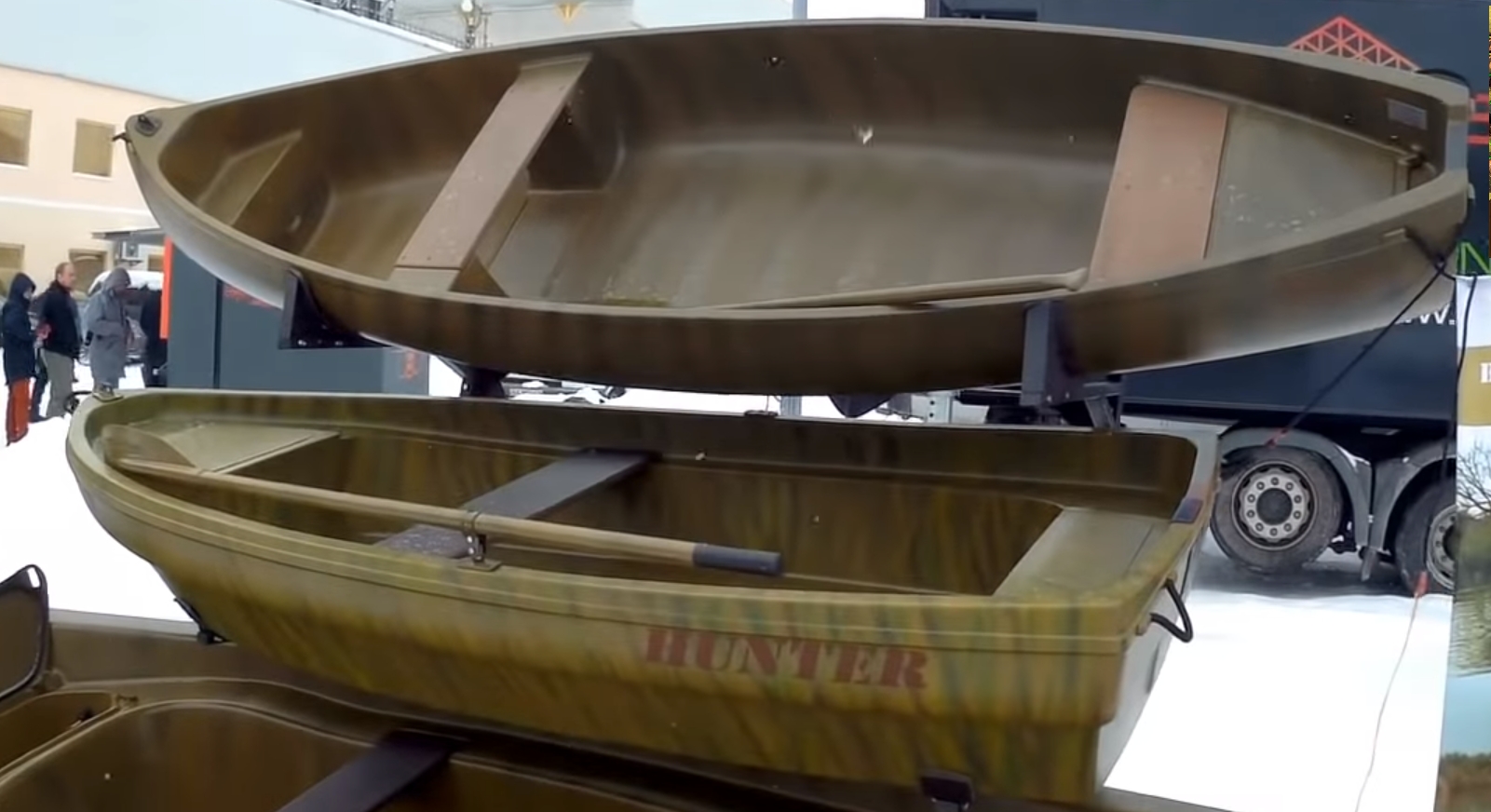The best chest bandages after surgery in 2022

One of the stages of successful postoperative treatment and rehabilitation is the use of a special bandage. Such a device allows you to speed up the recovery process, so it is prescribed to patients. The rating of the best chest bandages after surgery will help you choose the right orthosis.
Content [Hide]
Purpose of chest bandage
Such an orthopedic device is designed to hold postoperative sutures in the correct position. It acts on muscle structures, and in some cases is recommended to prevent changes in the location of internal organs. The corset allows you to redistribute the pressure in such a way that quality is improved and healing is accelerated. The recovery process is much faster.
The feasibility of using such orthopedic devices has been confirmed by clinical trials. Breast orthoses can:
- Keep the chest in the correct position;
- Reduce pain, including those that make it difficult to breathe;
- Promote the rapid healing of the seam and the early formation of a scar;
- Reduce the load perceived by muscle tissue, spine and internal organs;
- Provide a gentle holding effect on internal organs;
- Reduce the likelihood of postoperative hernia formation.
In cardio surgery, an incision is made in the sternum to provide access to the heart. After its completion, the bone tissue is connected with staples to minimize the risks of fusion. In this case, wearing an orthopedic product reduces pain, eliminates discomfort and does not allow the patient to slouch.
The list of indications for wearing a chest brace is quite large. These include:
- Various operations on the heart muscle;
- Rib fractures, bruises and other traumatic effects on the chest;
- Muscular pain in the sternum;
- Inflammation of the muscles in that part of the body;
- Intercostal neuralgia of varying severity;
- High probability of development of postoperative hernia;
- Various plastic surgeries;
- Births in which a caesarean section was used.
If the patient's sutures are in an unsatisfactory condition, there is suppuration or healing is difficult, it is impossible to put on a bandage. An obstacle to wearing it is also an individual negative reaction of the body to the substances that make up the bandage tissue. If there are complications after the operation, wearing a corset is also not recommended.
Varieties of bandages
The number of models of orthopedic products for this purpose is extremely diverse. In fact, you can find a special design for any case of illness or operation. In this case, in addition to the diagnosis, the anatomical properties of a person are also taken into account. In this regard, in the assortment of specialized stores and modern pharmacies there are postoperative bandages for men and women.
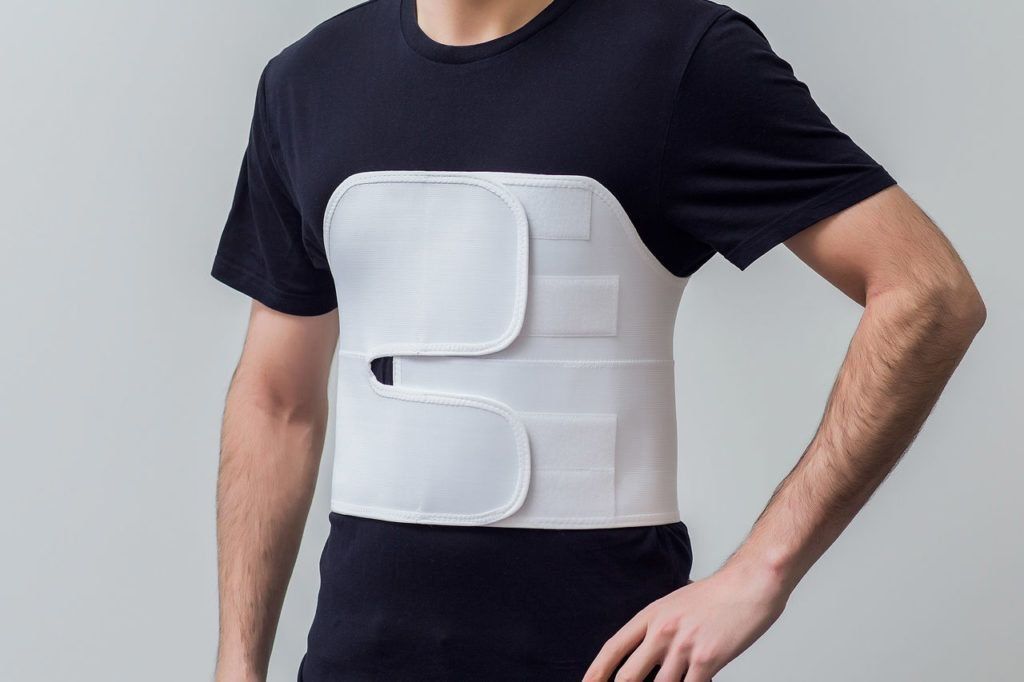
Especially often, such structures are used in the recovery period after operations on the heart muscle. The male device is a one-piece belt made of elastic material of a sufficiently large width. The device of the female bandage suggests the presence of a characteristic cutout in the chest area.

The most popular types of bandages are:
- Post-traumatic fixation bandages to create the desired degree of compression action and hold damaged ribs in the correct position;
- Thoracic limit the amplitude of breathing and force the abdominal cavity to be involved in this process instead of the chest;
- Women's two-panel corsets create light pressure and little support. These types of orthoses are used to relieve pain in a variety of neuralgic ailments;
- After surgery on the heart, the sternum is held in the correct position and the sutures are fixed.
How to choose a chest brace
When choosing a device that will facilitate the recovery period after an illness or operation, many parameters must be taken into account. The peculiarities of the physiology of the patient are taken into account, how successfully the operation itself was carried out, and what condition the sutures are in.
It is necessary to select a specific model in accordance with the following recommendations:
- The device should be quite wide and completely cover the existing postoperative sutures. At the same time, there should be a margin of 1-2 cm on both sides. Too wide a model is not allowed to buy. The edges of such a bandage will be wrapped, which causes discomfort while wearing.
- The size of the postoperative corset is determined by the size of the circumference of the waist and chest. These parameters must be measured before you go to the store for the device. For measurement, you must use a regular tailor's meter. It should be tight, but not too tight. For females, chest circumference should be measured under the bust.
- The fabric used to make the device should be light and natural. It should pass air well and not stimulate skin irritation and allergic reactions.
- No need to buy a corset, focusing solely on the usual size. Almost all manufacturers develop their own size ranges, which can differ significantly from the generally accepted ones.
- It is also useful to take into account the reputation of the manufacturer and choose quality products from trusted brands.
Be sure to measure the bandage before buying, and not focus solely on the dimension.If the measurements taken are at the borderline, you need to choose a smaller model, as many products tend to stretch during wear.
Proper wearing of a corset
At what time to put on a bandage and when to remove it in the evening or during the day, the attending physician decides and instructs the patient in these matters. In general, the support device is prescribed to be worn throughout the day and removed before going to bed.
You need to put on a corset in a supine position. Since only in this position the organs located inside the chest or abdominal cavity are subjected to the least pressure. Then the bandage contributes to the correct and uniform distribution of the load.
The muscles of a person in a supine state are as relaxed as possible, which makes it possible to reduce pressure on the postoperative suture. It is necessary to fasten the orthosis in a state of incomplete exhalation. It does not need to be tightened too tight. This can damage the scar that is forming.
Having fastened the corset, the patient must take a vertical position and make sure that he feels comfortable in the product. If you have difficulty breathing or feel sore, the degree of tightening should be slightly reduced.
The duration of wearing such an orthopedic product is also determined by the attending physician. The determining factors in this case are the healing process and the absence or presence of complications. If the rehabilitation goes well, then the bandage is allowed to be removed after 3-4 months. This time is enough for complete fusion of the chest.
During the day, it is allowed to remove the corset for a short time in order to perform hygiene procedures.Overheating of the body should not be allowed while wearing an orthopedic product, as this inhibits the overgrowth of postoperative sutures and negatively affects their condition.
Personal hygiene rules while using the bandage
Since non-stretched postoperative sutures need to be processed daily, it is important to properly perform hygiene procedures while using the device. To do this, it is necessary to remove the corset 2-3 times a day and wash the seams with warm water and neutral soap. It is better to take baby soap for this purpose.
After washing, the seams must be covered with a piece of sterile bandage and fixed on the body with adhesive tape. The exact number of treatments per day depends on the condition of the stitches. If they are still wet, then they need to be washed more often.
How to properly care for the product
In addition to daily personal hygiene, it is necessary to take care of the cleanliness of the bandage itself. Otherwise, there is a high probability of the spread of bacteria that can cause dangerous diseases.
If ointment or ichor released from the seams has been absorbed into the inner surface of the bandage, the corset should be washed. Washing must be done only by hand, it is impossible to use a washing machine for this purpose. In this case, the temperature of the solution with detergent should not exceed +40 degrees. As detergents, it is better to use hypoallergenic powders or gels designed for washing baby clothes. They do not contain additives that can provoke allergies.
For drying, the bandage must be laid out on a horizontal surface, having previously spread a towel. In this case, the product must not be exposed to sunlight.Do not iron or dry clean the item.
List of the best chest bandages
Bandage Trives T-1339
votes 0
This brace is designed to be worn after chest surgery. The device is used for men and takes into account their anatomical features. For its manufacture, an elastic material with a high percentage of cotton is used. This allows you to ensure high-quality removal of moisture from the patient's skin. To ensure proper fixation of the device on the body, shoulder straps are provided, adjustable in length. You can wear this product both on underwear and directly on the naked body. A convenient fastener is provided for fixation, it can be fastened in different positions depending on the location of the postoperative suture.
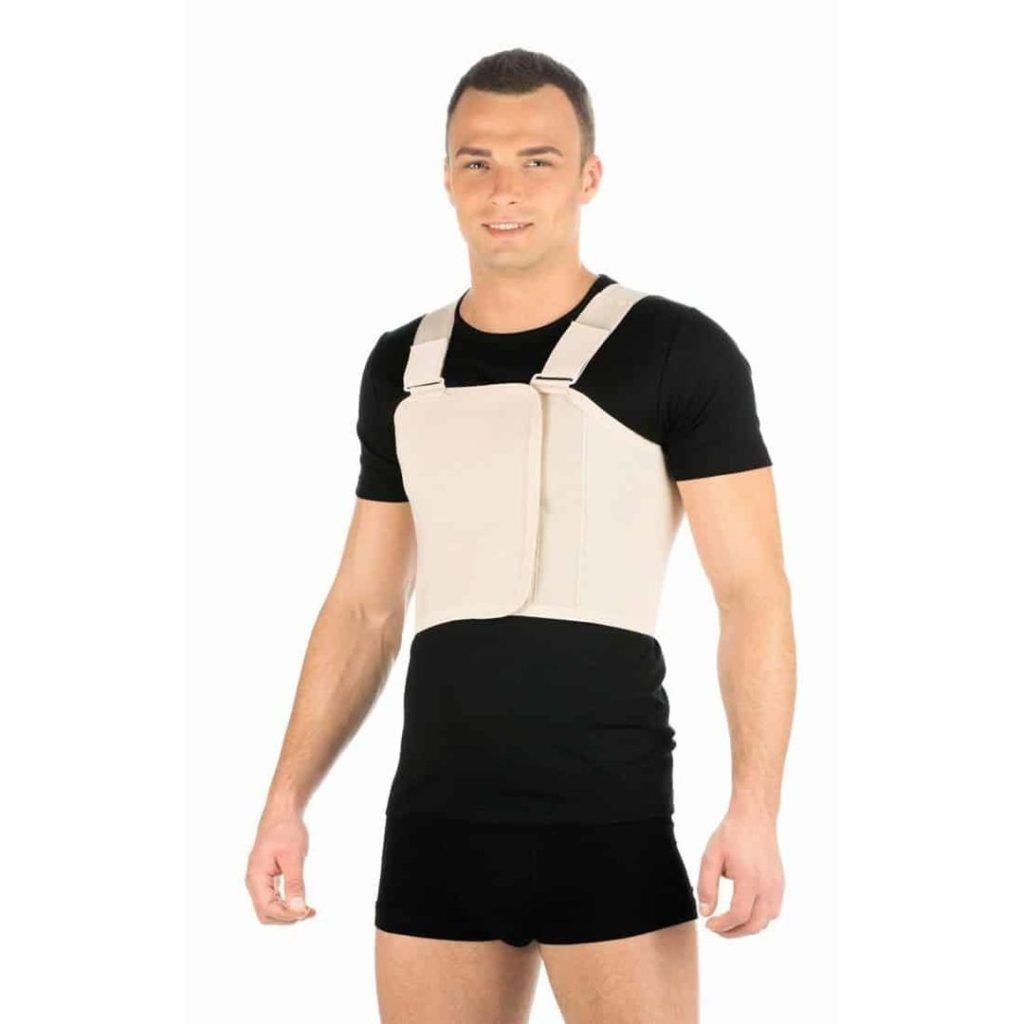
- keeps the chest in the correct position;
- can be used not only after operations, but also after blunt chest injuries;
- helps to reduce pain in intercostal neuralgia and muscle pain;
- prevents too much muscle tension after surgery;
- takes into account the anatomy of the male body;
- reduces pain after surgery and when breathing;
- removes liquid;
- straps are provided for additional fixation.
- not detected.
The average cost of such a bandage is 1850 rubles.
Bandage Trives T-1338
votes 2
This bandage is also intended to speed up the healing process of sutures after chest surgery, but it is intended for women. The device prevents muscle strain, helps to reduce pain. It can be worn not only after surgery, but also with a traumatic effect on the chest or with a fracture of the ribs. The product fixes the affected area in the correct position and helps its regeneration.It is also recommended to wear it for intercostal neuralgia or muscle pain.
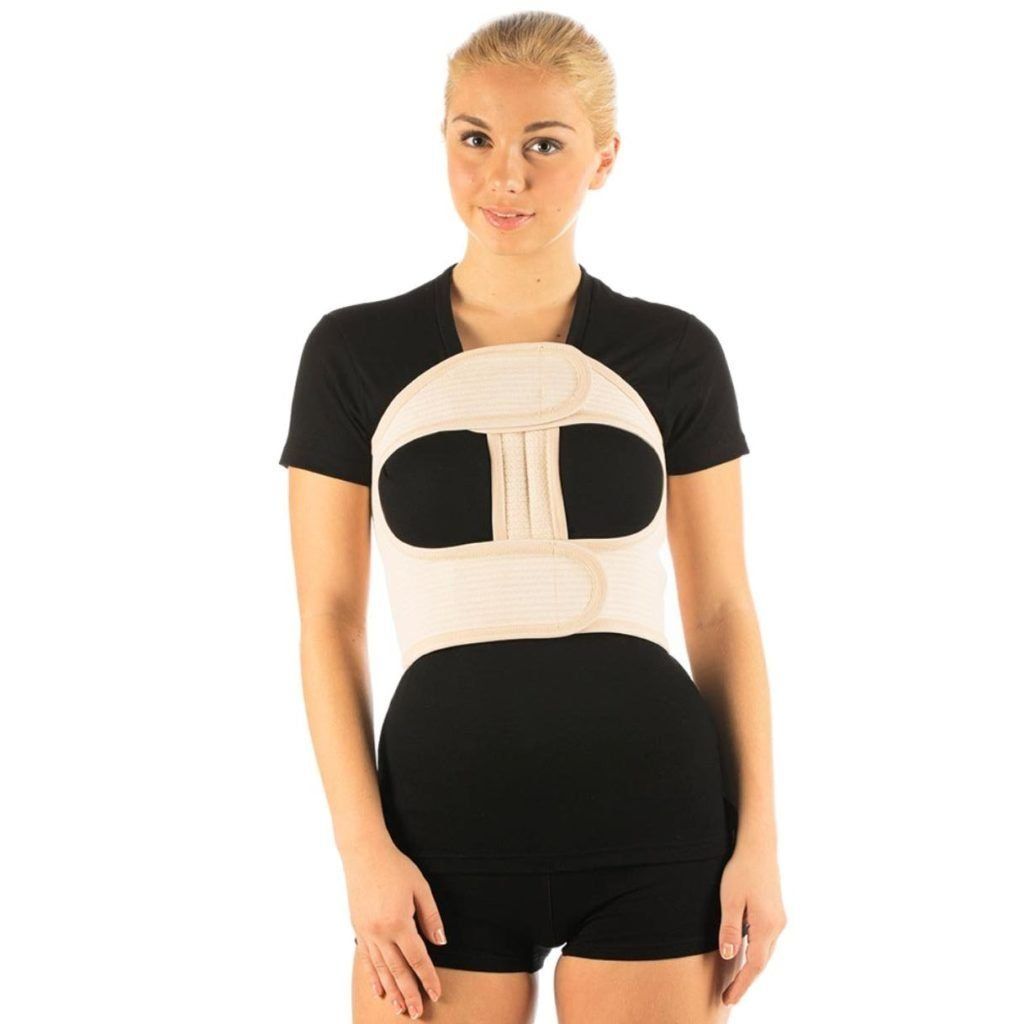
- anatomical shape, taking into account the characteristics of the female body;
- the presence of front stiffening ribs, which allow for a secure fixation and
- create optimal compression on the injured area;
- comfortable material with a high amount of cotton;
- removes moisture from the body;
- does not cause overheating of the body;
- hypoallergenic materials;
- can be worn on the naked body or on underwear.
- there may be pain during use.
The average cost of this bandage: 1900 rubles.
Bandage Crate B-361
votes 0
This fixator is intended for use after operations on the heart muscle and other organs in the chest. In addition, the reason for its use may be fractures of the ribs or severe bruises. It is worn immediately after surgery and worn until the final recovery. The duration of use of this product is determined by the doctor. The device is for men.
For the manufacture of the corset, an elastic material with perforation is used, which does not stimulate irritation of the skin and allows air to pass through. For the convenience of the patient, the product has recesses under the armhole. Velcro fastening is carried out, for additional convenience, straps are provided.

- made of high quality hypoallergenic material;
- acceptable price;
- relieves pain;
- securely fixes the chest in the correct position;
- can be worn indefinitely.
- there are contraindications to wearing.
The average cost of such a bandage model is 1650 rubles.
Bandage Crate B-335
votes 0
Indications for wearing such a bandage are extensive operations on the organs of the chest, fractures of the ribs or blunt trauma in this area. The device allows you to tightly fix the damaged area, chest and seam. Wearing it significantly reduces the likelihood of complications, reduces pain in the affected area, and creates optimal conditions for rapid healing. The bandage relieves pain during movement, breathing or coughing.
For the manufacture of this bandage, a wide elastic band is used, cutouts for the armhole are provided. The inner side of the bandage is made of cotton.

- provides high-quality fixation;
- promotes rapid healing;
- cotton inner layer;
- convenient design;
- reduces soreness.
- no extra straps.
The average cost of such a bandage is 1350 rubles.
Bandage Crate B-336
votes 0
This brace has an ergonomic design and is used in the recovery period after operations on the chest organs, as well as after various bruises, injuries or fractures of the ribs. The corset is intended for women, in connection with which it has special cutouts for the bust and armholes. It can be worn immediately after the end of the operation and worn until recovery.
The corset is based on an elastic band with perforations. The clasp design provides double fixation. For convenience, a special applicator in a cotton case is provided. It is applied to the area of the postoperative suture and fixed with buttons.

- special anatomical design;
- reliable fixation;
- relieves pain;
- prevents postoperative hernia;
- normalizes the general tone;
- hypoallergenic materials;
- facilitates and speeds up recovery.
- there are contraindications.
The average cost of the model is 1650 rubles.
| No. p / p | Model name | For whom is it intended | Price |
|---|---|---|---|
| 1 | Trives T-1339 | male | 1850 |
| 2 | Trives T-1338 | female | 1900 |
| 3 | Crate B-361 | male | 1650 |
| 4 | Crate B-335 | male | 1350 |
| 5 | Crate B-336 | female | 1650 |
It is necessary to buy orthopedic bandages intended for recovery in the postoperative period only on the recommendation of the attending physician. The specialist will select the product in accordance with the diagnosis and individual characteristics.
new entries
Categories
Useful
Popular Articles
-

Top ranking of the best and cheapest scooters up to 50cc in 2022
Views: 131650 -

Rating of the best soundproofing materials for an apartment in 2022
Views: 127689 -

Rating of cheap analogues of expensive medicines for flu and colds for 2022
Views: 124517 -

The best men's sneakers in 2022
Views: 124031 -

The Best Complex Vitamins in 2022
Views: 121938 -

Top ranking of the best smartwatches 2022 - price-quality ratio
Views: 114978 -

The best paint for gray hair - top rating 2022
Views: 113393 -

Ranking of the best wood paints for interior work in 2022
Views: 110318 -

Rating of the best spinning reels in 2022
Views: 105327 -

Ranking of the best sex dolls for men for 2022
Views: 104365 -

Ranking of the best action cameras from China in 2022
Views: 102215 -

The most effective calcium preparations for adults and children in 2022
Views: 102010

